Farid Talebloo
Deep Learning Approach for Aggressive Driving Behaviour Detection
Nov 08, 2021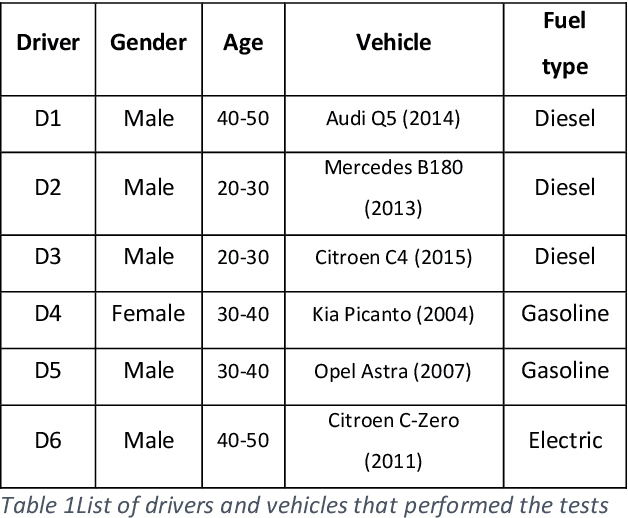
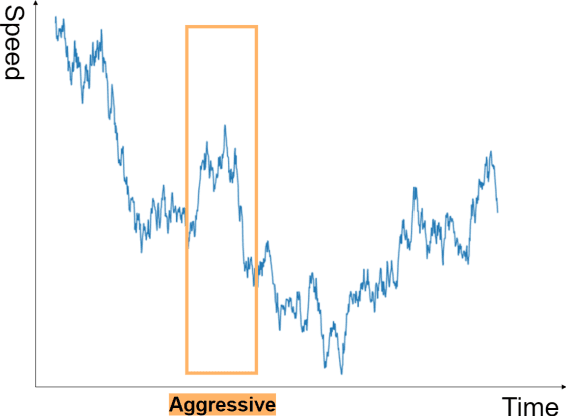
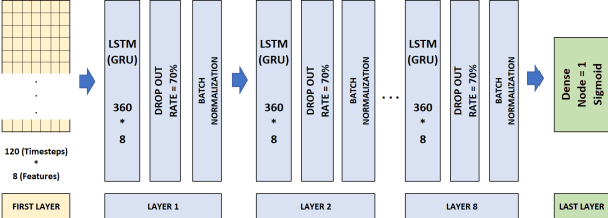
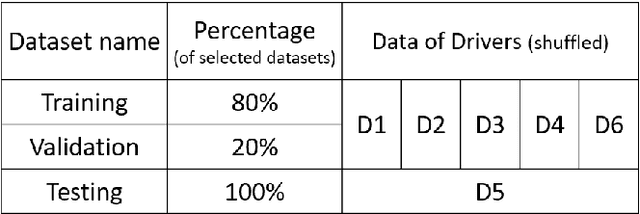
Abstract:Driving behaviour is one of the primary causes of road crashes and accidents, and these can be decreased by identifying and minimizing aggressive driving behaviour. This study identifies the timesteps when a driver in different circumstances (rush, mental conflicts, reprisal) begins to drive aggressively. An observer (real or virtual) is needed to examine driving behaviour to discover aggressive driving occasions; we overcome this problem by using a smartphone's GPS sensor to detect locations and classify drivers' driving behaviour every three minutes. To detect timeseries patterns in our dataset, we employ RNN (GRU, LSTM) algorithms to identify patterns during the driving course. The algorithm is independent of road, vehicle, position, or driver characteristics. We conclude that three minutes (or more) of driving (120 seconds of GPS data) is sufficient to identify driver behaviour. The results show high accuracy and a high F1 score.
Dynamic and Systematic Survey of Deep Learning Approaches for Driving Behavior Analysis
Sep 18, 2021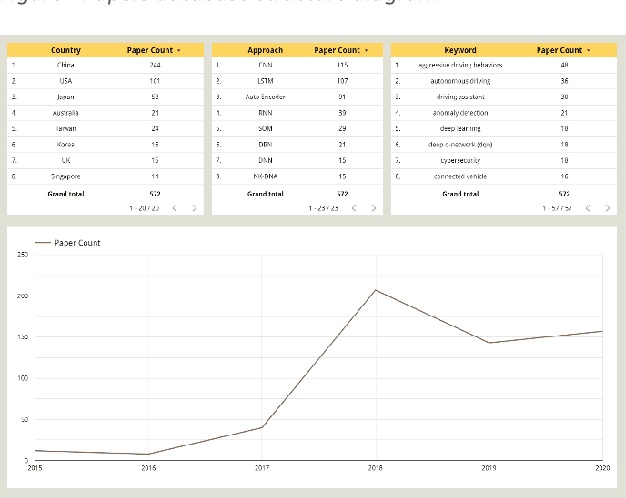
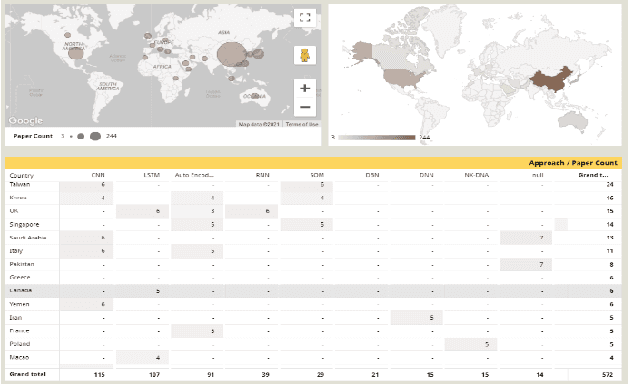
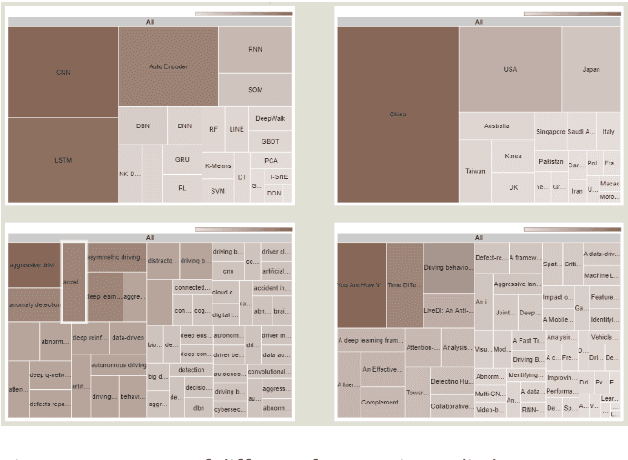
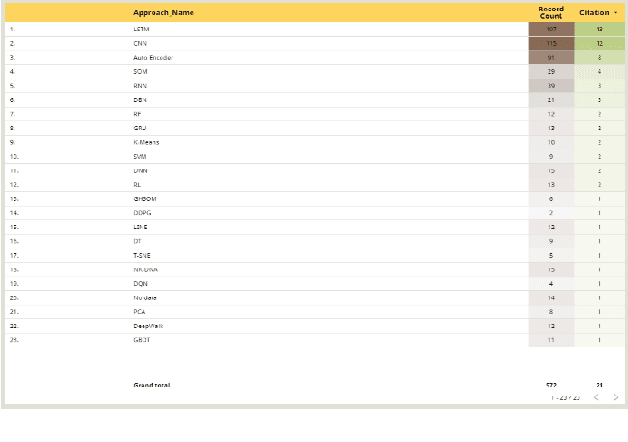
Abstract:Improper driving results in fatalities, damages, increased energy consumptions, and depreciation of the vehicles. Analyzing driving behaviour could lead to optimize and avoid mentioned issues. By identifying the type of driving and mapping them to the consequences of that type of driving, we can get a model to prevent them. In this regard, we try to create a dynamic survey paper to review and present driving behaviour survey data for future researchers in our research. By analyzing 58 articles, we attempt to classify standard methods and provide a framework for future articles to be examined and studied in different dashboards and updated about trends.
 Add to Chrome
Add to Chrome Add to Firefox
Add to Firefox Add to Edge
Add to Edge